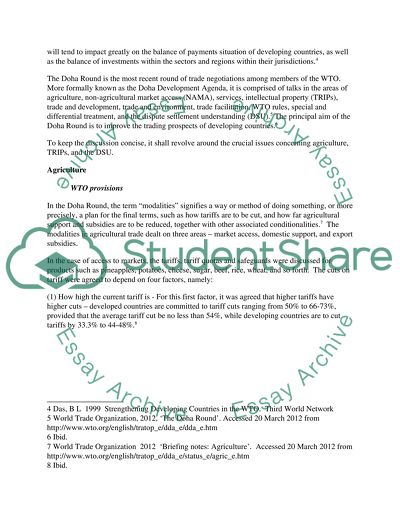Cite this document
(“The GATT/WTO Agreements effectively protect the interests of the Essay”, n.d.)
Retrieved from https://studentshare.org/law/1396174-the-gattwto-agreements-effectively-protect-the-interests-of-the-developing-country-members-of-the-wto
Retrieved from https://studentshare.org/law/1396174-the-gattwto-agreements-effectively-protect-the-interests-of-the-developing-country-members-of-the-wto
(The GATT/WTO Agreements Effectively Protect the Interests of the Essay)
https://studentshare.org/law/1396174-the-gattwto-agreements-effectively-protect-the-interests-of-the-developing-country-members-of-the-wto.
https://studentshare.org/law/1396174-the-gattwto-agreements-effectively-protect-the-interests-of-the-developing-country-members-of-the-wto.
“The GATT/WTO Agreements Effectively Protect the Interests of the Essay”, n.d. https://studentshare.org/law/1396174-the-gattwto-agreements-effectively-protect-the-interests-of-the-developing-country-members-of-the-wto.


